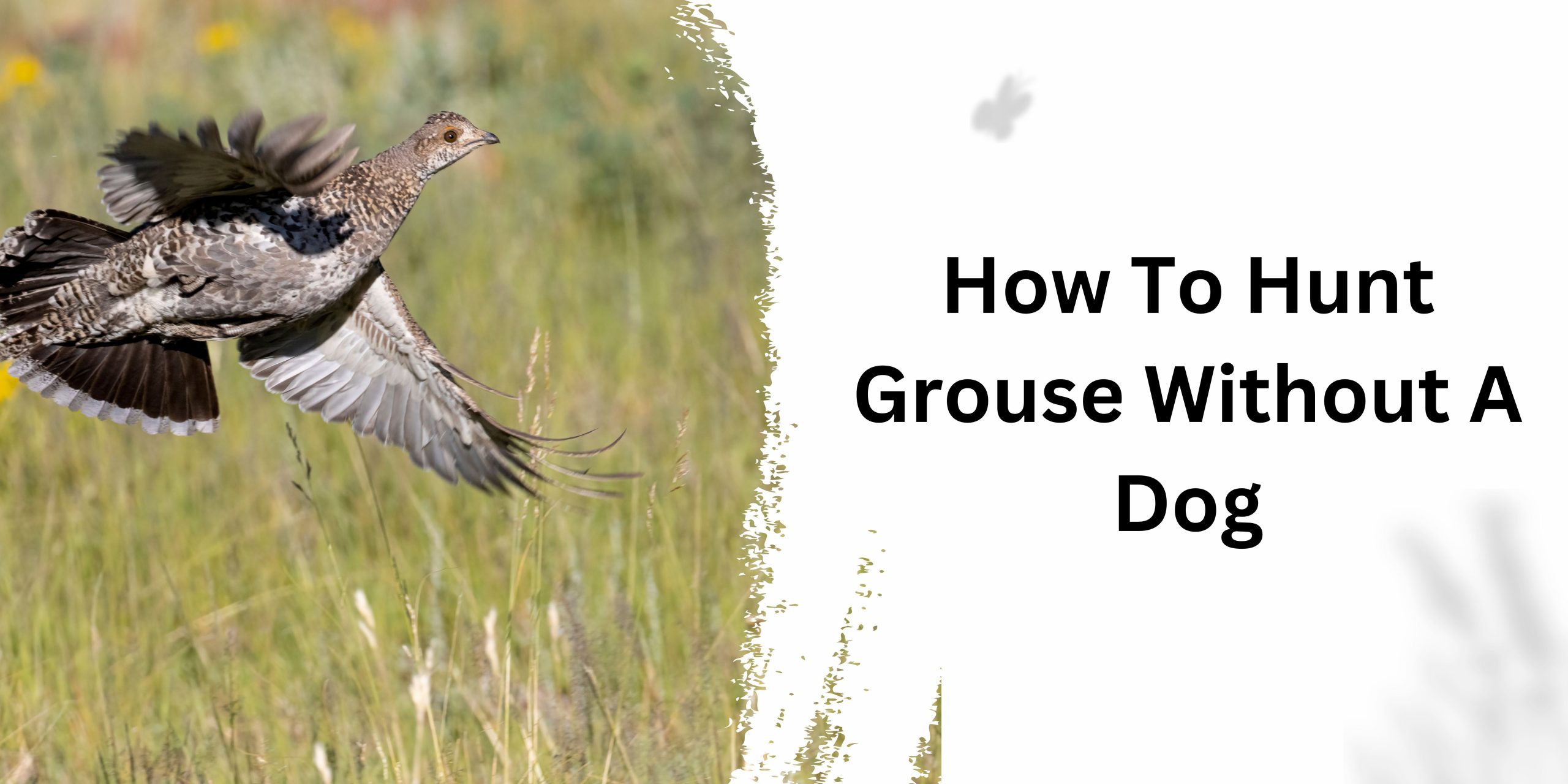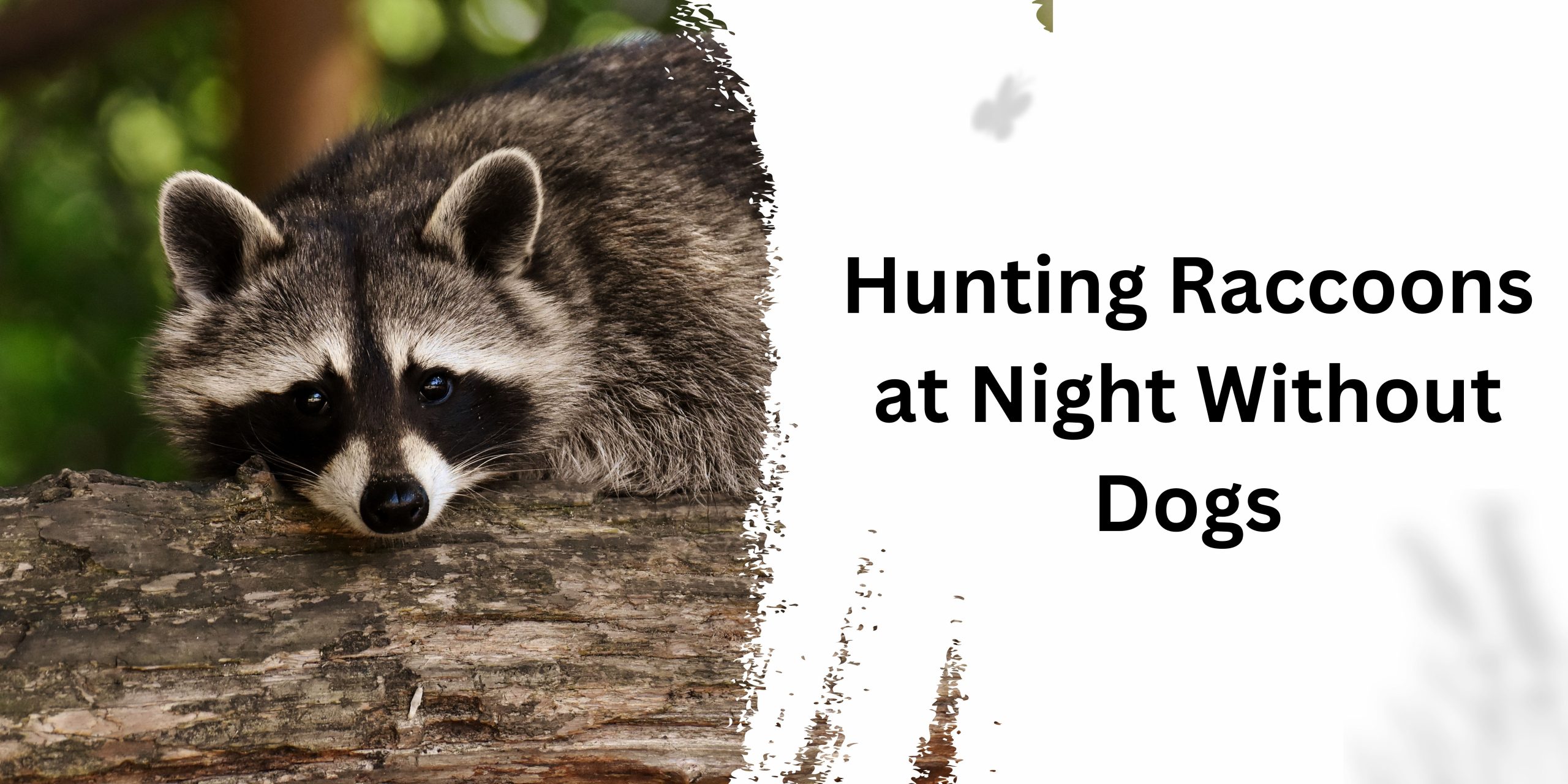Hunting grouse without a dog is an exhilarating pursuit that requires patience, strategy, and a keen eye. While having a trusty canine companion can enhance the experience, mastering the craft without one opens up a world of independence and challenge. Now we discuss how to hunt grouse without a dog
Step-by-Step Guide: How to Hunt Grouse Without a Dog
- Scouting the Terrain: Begin by scouting potential hunting grounds. Look for areas with dense cover, such as brushy edges, young forests, or abandoned farmland. Grouse prefer these habitats for foraging and roosting.
- Understanding Grouse Behavior: Familiarize yourself with grouse behaviour patterns. These birds are known for their elusive nature, often flushing unexpectedly when startled. Pay attention to feeding areas, watering holes, and roosting sites.
- Choosing the Right Time: Timing is crucial when hunting grouse without a dog. Early mornings and late afternoons are prime times to catch them feeding or moving between covers. Overcast days can also increase your chances, as grouse are more likely to remain active.
- Mastering Stealth: Approach your hunting area with caution, moving quietly and avoiding sudden movements. Grouse have keen senses and can easily detect human presence. Use natural cover to conceal your movements and minimize noise.
- Utilizing Decoys and Calls: While not essential, decoys and calls can be effective tools for attracting grouse. Mimicking the sounds of a feeding or mating grouse can pique their curiosity and draw them out into the open.
- Employing Flushing Techniques: Without a dog to flush out grouse, you’ll need to rely on your own instincts and observational skills. Move slowly through the cover, keeping an eye out for subtle movements or rustling foliage. When a grouse flushes, track its flight path for a clear shot.
Read More: Hunting Raccoons at Night Without Dogs
Equipment Essentials for Grouse Hunting
- Shotgun: Opt for a lightweight shotgun with a modified choke for greater accuracy at shorter ranges.
- Ammunition: Choose appropriate ammunition, such as No. 7.5 or No. 8 shot, for grouse hunting.
- Blaze Orange Clothing: Stay visible to other hunters by wearing blaze orange clothing, particularly during the hunting season.
- Hunting Vest or Pack: Carry essential gear, including extra ammunition, water, snacks, a first aid kit, and a map or GPS device.
- Binoculars: Enhance your field of vision and spot grouse from a distance with a quality pair of binoculars.
- Knife: Pack a sharp knife for field dressing and cleaning harvested grouse.
Common Mistakes and How to Avoid Them
Lack of Patience:
One of the most common mistakes is not being patient enough. Grouse hunting requires waiting and observing, so avoid moving too quickly or giving up too soon. Stay focused and be prepared to spend time in one area.
Making Too Much Noise:
Grouse have keen senses and can be easily startled by loud noises. Avoid talking loudly, rustling branches, or stepping on dry leaves. Move slowly and deliberately to minimize noise.
Poor Shot Placement:
Ensure you have a clear shot before firing. Aim for the head or neck for a clean, humane kill. Practice shooting from different angles and positions to improve accuracy.
Ignoring Safety Precautions:
Always prioritize safety when hunting. Be aware of your surroundings, wear blaze orange clothing, and follow all hunting regulations. Never shoot at unidentified targets or towards roads or buildings.
Not Scouting Properly:
Scouting is essential for successful grouse hunting. Take the time to familiarize yourself with the terrain, grouse behaviour, and potential hunting spots. Look for signs of grouse activity such as droppings, feathers, or tracks.
Overestimating Shooting Range:
Grouse are small and agile birds, so it’s easy to misjudge their distance. Practice estimating ranges and know the effective range of your shotgun to avoid missed shots.
Not Being Prepared for Weather Changes:
Weather can change quickly, especially in forested areas. Be prepared for rain, wind, or cold temperatures by dressing appropriately and carrying the necessary gear.
Ignoring Conservation and Ethics:
Practice ethical hunting by following regulations, respecting wildlife and their habitats, and leaving no trace behind. Contribute to conservation efforts by supporting habitat restoration and preservation initiatives.
Not Being Flexible:
Grouse hunting requires adaptability. If your initial hunting spot is not productive, be willing to move to a different location. Stay open to trying new strategies and techniques.
Read More: Hunt A Mountain Lion Without Dogs
Safety Precautions for Solo Hunters
To enhance the safety of solo hunters, especially when hunting grouse without a dog, it’s important to follow these safety precautions:
- Inform Someone of Your Plans: Before heading out, let a friend or family member know your hunting plans, including your intended location and expected return time. Check-in with them upon your return.
- Carry a Communication Device: Bring a fully charged cell phone or a satellite communication device in case of emergencies. Ensure you have a signal or know the nearest location where you can get one.
- Wear Blaze Orange: Wear blaze orange clothing, such as a hat or vest, to remain visible to other hunters. This is especially important during the hunting season when other hunters may be in the area.
- Pack a First Aid Kit: Carry a well-stocked first aid kit that includes supplies for treating minor injuries, cuts, and bruises. Familiarize yourself with its contents and how to use them.
- Bring a Whistle or Signal Device: Carry a whistle or other signalling device to alert others in case you need assistance. Three short blasts can be used as a universal distress signal.
- Stay Hydrated and Well-Fed: Bring an ample supply of water and high-energy snacks to stay hydrated and maintain your energy levels throughout your hunt.
- Know Your Limits: Be aware of your physical capabilities and hunting skills. Don’t push yourself beyond your limits, especially in challenging terrain or adverse weather conditions.
- Be Prepared for Inclement Weather: Check the weather forecast before heading out and dress accordingly. Bring rain gear, extra layers, and a waterproof pack to protect your gear.
- Carry a Map and Compass: Even if you’re familiar with the area, bring a map and compass (or GPS device) to navigate and avoid getting lost.
- Practice Fire Safety: If planning to build a fire for warmth or cooking, ensure it is allowed in the area and follow proper fire safety protocols. Keep a fire extinguisher or water source nearby.
- Stay Calm in Emergencies: In the event of an emergency, stay calm and assess the situation. Use your communication device to call for help if needed and follow any instructions from emergency responders.
Summary
Hunting grouse without a dog requires a combination of skill, patience, and a deep understanding of grouse behaviour. By following these steps, equipping yourself with the right gear, and honing your hunting techniques, you can embark on a rewarding and fulfilling grouse-hunting adventure.







